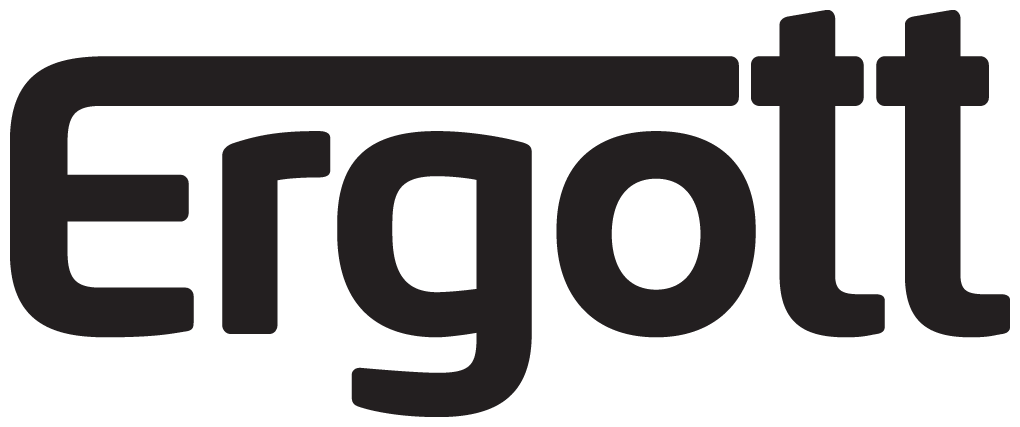For comparison, here is a Tune hub which is similar in design to most hubs. There is a long axle end on the left side before the hubshell bearing.
Here is the most revolutionary aspect of the Alchemy UL hub. The drive side bearing is right behind the axle end. The bearing connects the axle to the hubshell body, not the cassette carrier. This means that you could technically assemble the hub without the cassette carrier (freehub) and still ride the wheel with full weight.
What you see above is the hub assembled without the cassette carrier. There is the bearing you can see on the left side of the hub (same as top picture) and the bearing right behind the axle end on the right side. The right side bearing is under that bearing bore (silver) which is directly connected to the hub shell. The entire assembly fits inside the cassette carrier. As a result, the cassette carrier no longer carries any of the rider load. All the cassette carrier does is transmit pedaling torque. The outer bearings above support the load of the rider much like the two bearings of a front hub. The two systems act independently.
Here is another advantage. While pedaling the outer bearings above are the only two bearings that spin. Typically, all the bearings of a rear hub spin on other designs. That is usually 4-6 bearings creating more drag while pedaling. The Alchemy hub will spin with less drag as a result. It's a brilliant design that takes the design of a rear hub to a level never seen before.
What does it all mean? Think outboard bearings for the crankset. The closer the load supporting bearings are to the ends of the axle, the less unsupported axle there is and in turn the system is stiffer. I'm quite confident that this hub will allow for at least 4 fewer spoke than a given component choice with other hubs. This is crucial to builds with lower spoke counts.



